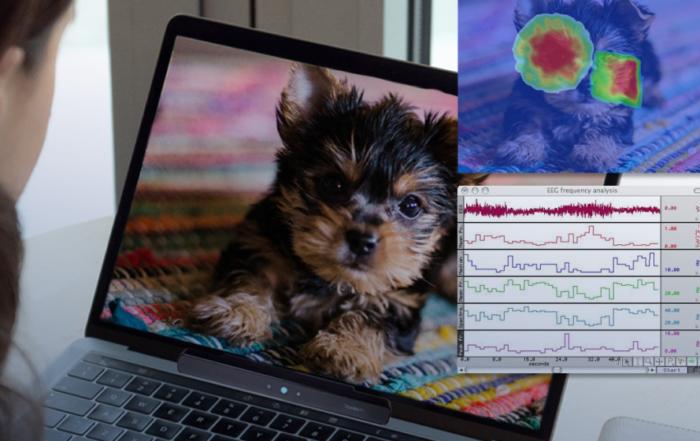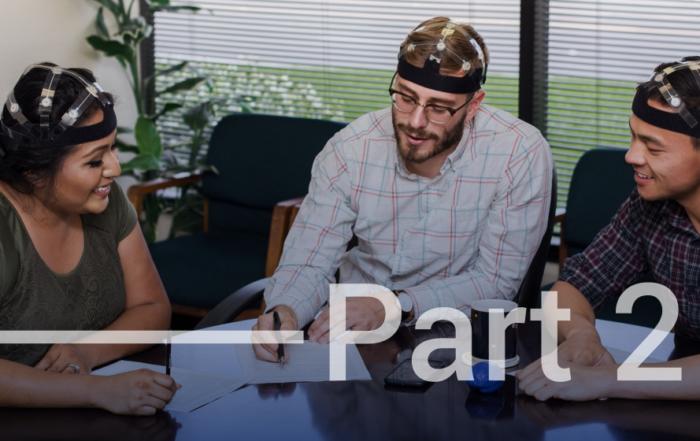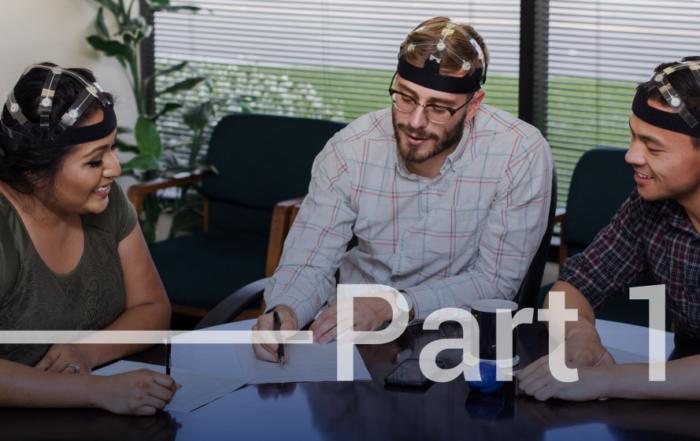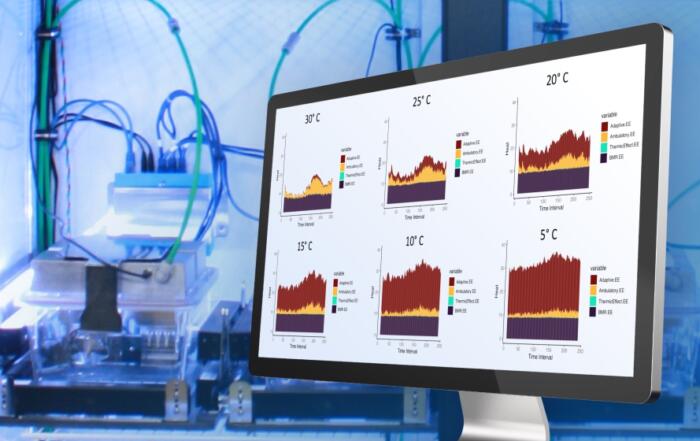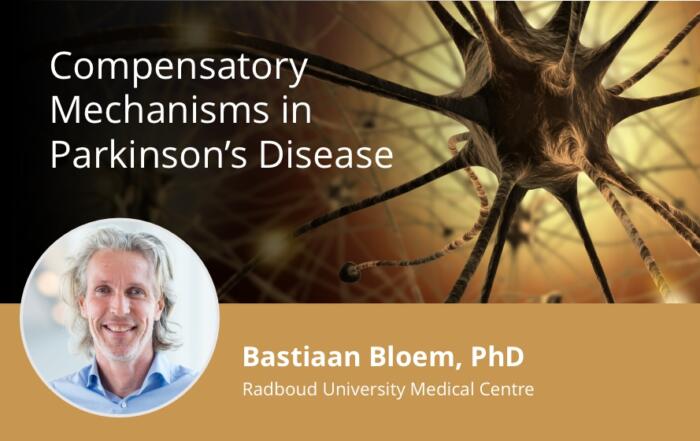Join BIOPAC to learn how you can get started with experiments combining VR with biofeedback and physiology data collection.
Advancements in virtual reality have opened up exciting new possibilities for physiology researchers. Watch this webinar from BIOPAC to learn how you can get started with your own physiology research using VR, what options are available and how to create a virtual environment for physiology experiments.
Presenters also demonstrate a series of VR experiments and computer simulations combining interactive VR with biofeedback and physiology data collection.
Key Topics Include:
- Possibilities of using computer and VR simulations in research
- Creative combinations of physiological recording and VR
- Tracking cognitive processes with fNIR
- Automated analysis
- Foundations for developing your first experiment
Presenters
European Sales Manager & fNIR Expert
BIOPAC Systems, Inc
Alex Dimov (BIOPAC Systems, Inc.) has been teaching workshops on the topic of physiological data acquisition and analysis for nearly 15 years. While at UC Santa Barbara he was an instructor for The Advanced Training Institute for Virtual Reality in Social Psychology. He joined BIOPAC as an application specialist and now oversees European Sales for BIOPAC.
Production Partner
Additional Content From BIOPAC Systems Inc.
One Tool for Stimulus Presentation, Eye Tracking & Physiology Data
Experts discuss how to synchronize eye-tracking equipment with stimulus presentation, and physiological data.
Multiparticipant or Large Groups | Recording from Multiple Participants Part II
Experts discuss multiparticipant or large group experiments, highlighting how to set up participants, optimize workflow, and synchronize data.
Dyadic Interactions Involving Parents, Children, Couples, and More | Recording from Multiple Participants Part I
Experts discuss dyadic experiments, highlighting why equipment should be unobtrusive, the importance of tightly synchronized data, and how to select the right equipment based on your experimental objective.
Related Content
Clambake: An Algorithm to Decode Energy Expenditure Data from Metabolic Cages
In this webinar, Dr. Jonathan Brestoff discusses his research on metabolism and a new method to quantify metabolic data known as Clambake.
Updates in Chronic Traumatic Encephalopathy (CTE)
Dr. Ann McKee will describe the emergence of chronic traumatic encephalopathy (CTE) as a distinct disease over the past 20 years.
Compensatory Mechanisms in Parkinson’s Disease
Bas Bloem, MD reviews compensatory mechanisms, including cerebral plasticity and behavioral adaptation, in persons with Parkinson's disease.


